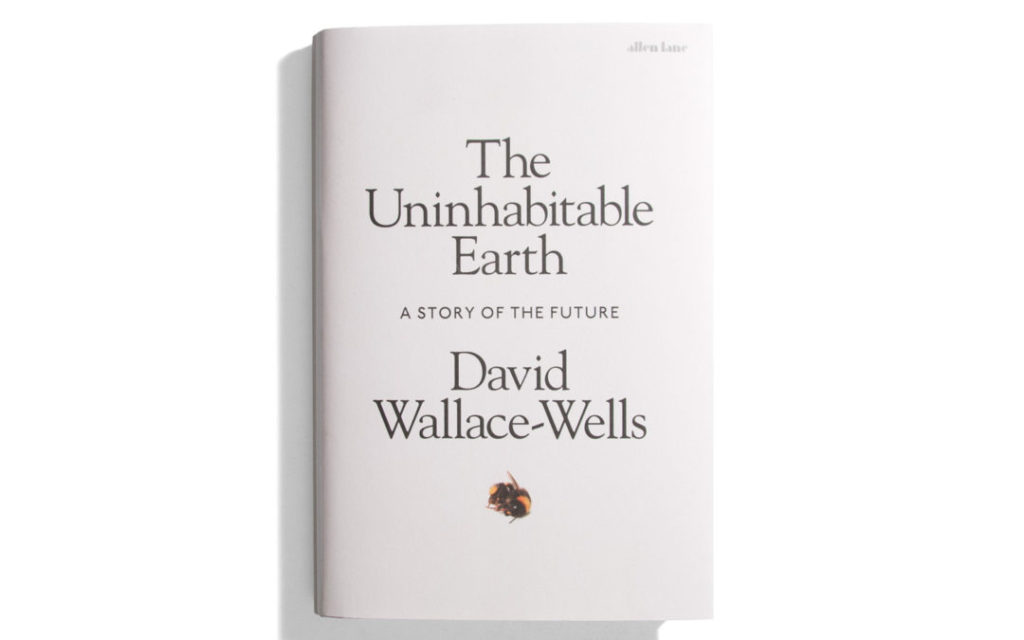
We have been looking for the right way to share our weekly conversations about the climate crisis.
Every morning we review our work and look ahead to what we should be doing. It is frustrating that we are still educating ourselves on the topic and feel like we are trying to prioritise and communicate while we feel like we don’t fully grasp the picture.
But, we realised that many other people are probably in the same situation. We decided to tell the story of our efforts to learn and adapt in real-time.
These posts will still have checklists at the bottom, that show our conversation about practical projects and the real day-to-day production that we do. But the top half will be about the big picture and what we are feeling and thinking as we go.
Today’s main topic was about how serious the climate crisis really is, and how meaningful it is to continue going about regular business when we are potentially heading towards an absolutely horrific future. There is a lot of soul searching about what needs to be done and what are the meaningful things to do as an architect.
DaeWha is reading this book: The Uninhabitable Earth, by David Wallace-Wells. You can buy it at the local bookshop, or on Amazon. It paints an unforgettable picture of what the human face and human experience of climate change is really going to look like. And for DaeWha it has had a profound effect on his day to day thinking.
In our studio, even when we aren’t working late for some ambitious creation or some deadline, we leave for work at 8:30 in the morning and get home at 6:30 or 7. This is really 10 or more out of 16 waking hours every Monday to Friday. When we look back on our lives 20, 30, 40 years from now, will we feel like we spent our time doing the right thing? Did we help to make the world better for our children, or did we ruin it for them? Will it be our own mistakes that leave them in suffering and living in a world much worse than the one our parents left us? I really hope not.
We will share more as we go. But this is the beginning of a long conversation that we hope will gather momentum as we learn more and do more.
***
Weronika was thinking about how these passive houses are so good for the environment but many of them are just not beautiful. Is there a way for us to make these kinds of architecture beautiful?
When things are ugly or they are not beautiful, they often don’t inspire people to jump on and join. We have to find expression and convincing and inspiring ways to positively contribute. That is perhaps what artistic people like us can do most.
Also, saving money helps get people excited. Could there be a way of making always more beautiful things in a way that they are also more economical?
Or, luxury gets people excited–things that are so incredibly well crafted that they are worth the cost and they might be, as Monika says, something that is cherished for a very long time. How can we make sustainability sexy and luxurious?
Monika says she wouldn’t necessarily criticise all her friends and go live in a tent tomorrow, but she does feel that we need to make big steps and lead the way. We do need to take this with a sense of urgency and a sense of crisis.